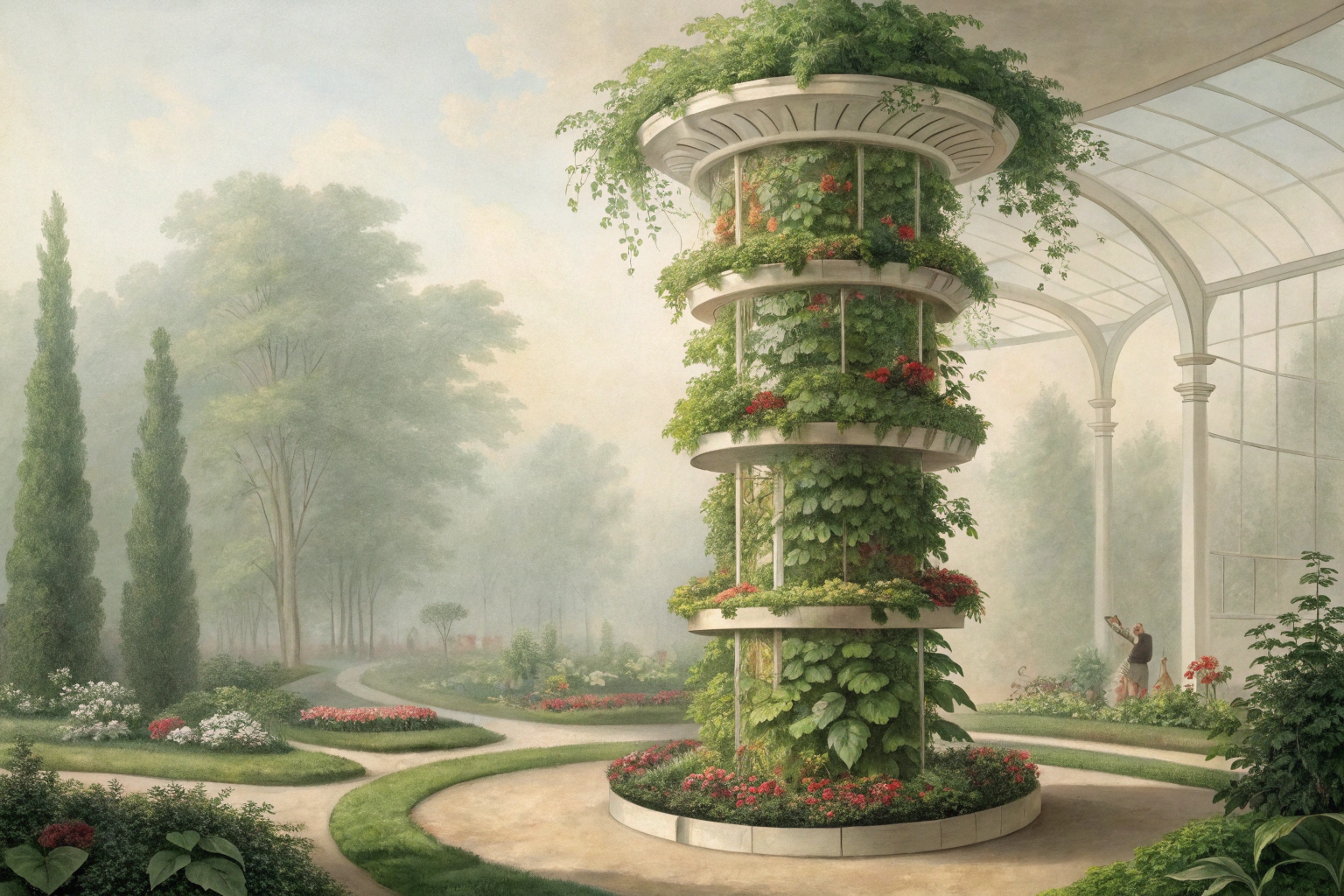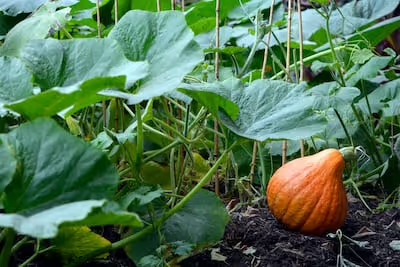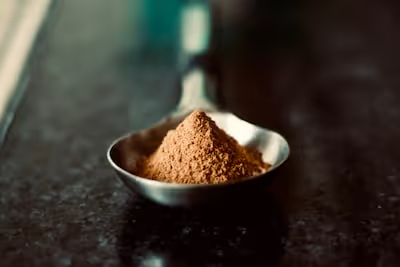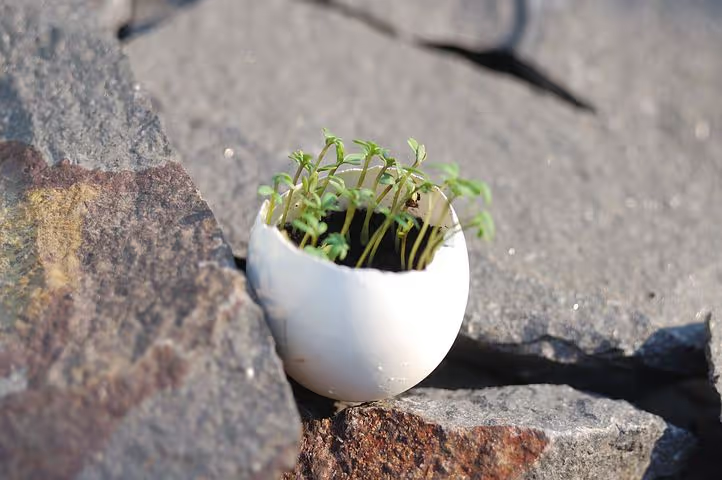Aeroponic Tower Gardens: Grow Fresh Produce in Any Space

Aeroponic tower garden
Aeroponic tower garden systems grow clean produce indoors or out, using 95% less water and zero soil. These smart, vertical columns allow you to grow lettuce, herbs, and strawberries in tight spaces—just plug them in and let the roots dangle. If you've craved fresh greens all year without muddy boots or bending, keep reading—this setup will change the way you think about homegrown food.
Cheatsheet: Fast, Clean Vertical Food Growing
🌱 Benefits
- 90% less water use vs. soil gardening
- No weeding, minimal pests
- Grows up to 3x faster than soil
- Year-round nutrition, rapid harvest cycles
- Local food, reduced food miles
🔧 Tools and Products You'll Need
- Aeroponic tower unit (vertical stand, pump, reservoir)
- Net pots and growing plugs/sponges
- pH/EC meter
- Seedlings or seeds
- Water-soluble nutrients (hydroponic)
- Timer for pump cycles
- Grow lights (if indoors)
📏 Setup Steps
- Assemble tower per manufacturer guide; secure on level surface.
- Fill reservoir with water (≤ 45 gal/170 L).
- Mix nutrients; target EC 1.2-2.0, pH 5.5-6.5.
- Plant seeds/seedlings in wet plugs. Insert into net pots.
- Set timer: pump 15 min on, 45 min off (adjust for climate).
- Install grow lights if using indoors; 12-16 hrs/day.
💡 Growing & Maintenance
- Check pH & EC every 2-3 days
- Top up nutrients weekly
- Monitor roots for browning or clogging
- Rotate tower for even light
- Ideal temp: 65-75°F (18-24°C)
🍓 Harvest & Nutrition
- Harvest leafy greens in 21-28 days
- Herbs and fruiting crops: 30-60 days
- Higher vitamin & antioxidant levels vs. store produce
- Immediate fresh salads; zero contamination risk
🛑 Common Pitfalls
- Low germination: use fresh seeds
- Algae: cover reservoir, shield from sun
- Root rot: improve air flow, don’t overwater
- Clogged sprayers: clean monthly
🌟 Top Crops
- Lettuce, kale, arugula, basil, chard
- Strawberry, dwarf tomato, hot peppers
- Micros: radish, broccoli, pea shoots
Aeroponic Tower Garden: Growing Upward Without Soil
Picture this: sweet basil, emerald lettuce, crisp chard, all suspended in air like an herbal Cirque du Soleil. No soil. No fuss. Just roots cascading down stacks, kissed every minute by a fine mist of nutrients. That's aeroponic tower gardening.
In my greenhouse, I’ve seen heirloom tomatoes grow faster and taste brighter in these towers than in traditional pots. The trick? Aeroponics delivers oxygen and nutrients directly to exposed roots, which translates to explosive growth and fewer pest issues. NASA started using these techniques back in the 1990s, prepping astronauts for Mars and beyond. If it’s good enough for zero gravity, it handles my upstate winters with poise.
How Does an Aeroponic Tower Garden Work?
Each tower stacks planters vertically, allowing up to 28 plants in a two-foot (60 cm) circle. Water mixed with a liquid nutrient blend pumps to the top, then trickles or mists down over the exposed roots. The solution travels in cycles, bathing roots briefly every 15 minutes. Excess drains harmlessly back into the base for another round.
This system wastes almost no water compared to soil beds—studies from the University of Arizona report up to 95% less water used. No soggy soil. No rot. Just roots dangling and dancing in humid air.
Aeroponic towers use up to 98% less land and 95% less water than field-grown crops, according to the USDA.
Advantages You’ll Notice Immediately
- Speed: My butterhead lettuce goes from seedling to harvest in 28 days, sometimes less. Roots breathe better. Stems bulk up. Yields are uncanny.
- Space: Tower gardens are vertical, so they fit on balconies or patios. One on my porch yields as much salad as three five-foot (1.5 m) rows in my old dirt plot.
- Cleanliness: No slogging through mud or weeding for hours. Just upright columns, roots happy, leaves pristine. Pest pressure drops—the lack of soil means fewer insects to battle.
- Control: Every nutrient, from magnesium to calcium, gets custom-mixed. I adjust the recipe when basil gets leggy or strawberries lag.
Shortcomings and Considerations
- Start-up cost runs high. Expect $350 to $1000 USD (€325-900) for a solid, food-grade PVC tower. Cheaper kits exist, but some clog easily or leach unwanted chemicals.
- Electricity powers pumps and timers. In a blackout, roots dry quickly. A UPS battery helps, but it’s an extra cost I had to factor in.
- Maintenance means regular cleaning to prevent slime and biofilm. Every few weeks, I flush the system with a vinegar rinse. In my experience, skipping this step welcomes root-rot and fungal chaos.
Best Aeroponic Tower Garden Systems (Ranked From Real-World Trials)
- Tower Garden® HOME: Durable, UV-resistant, easy to scale. I’ve used mine four years running—never a hitch.
- AeroGarden Farm XL: Shorter towers, built for indoor lighting. Ideal for basil, mint, greens.
- Nutraponics Vertical System: Affordable, modular. Watch for clogs in fine misters, especially with organic nutrients.
- Homemade PVC DIY setups: Good for tinkerers. Cost-effective, but my first attempt ended up leaky and lopsided.
Key Tips for Tower Success
- Stick with leafy greens and herbs first. Tomatoes and peppers need staking or cages to keep upright as they bulk up.
- Monitor pH and EC (Electrical Conductivity) weekly. Ideal pH: 5.5–6.5, EC 1.5–2.5 mS/cm. Swing out of range, and growth nosedives.
- Sanitize thoroughly between crops. Algae creeps up in sunlight, so wrap your reservoir or keep it shaded.
Common Questions About Aeroponic Tower Gardens
- Can these towers run indoors? Yes, but you’ll need strong, full-spectrum LED grow lights. 2000 lumens per square foot (10,000 per m2) keeps lettuce sweet and herbs aromatic.
- Will I save money long-term? After two years, I calculated I’d recouped my investment on salad greens alone. Premium arugula at the market runs $10/lb (€22/kg); from my tower, it’s pennies per ounce.
- What can’t I grow? Root veggies (carrots, beets) struggle in towers. Strawberries, with care, thrive. Try dwarf peas and beans—surprisingly productive.
- Where do I learn more? For tailored tips and reminders, I like using Taim.io to keep my aeroponics calendar in check.
Anecdotes From The Aeroponic Trenches
Once, I spotted a praying mantis living in my arugula near the top tier. She set up shop, keeping aphids at bay, her tentacles twitching in the mist. You don’t get that in packaged greens. The quality blows grocery store produce into the compost bin. In blind taste tests with dinner guests, my aeroponic lettuce always gets the most praise—“cleaner, crunchier, tastes like spring rain.”
If you’ve ever craved fresh greens in February, or tired of the endless weeding, a tower garden might fit you. Even on my worst days, there’s something quietly optimistic about watching roots grow in thin air.

Want smarter plant choices? 🪴
Frequently Asked Questions
How often should I check and refill the water reservoir?
You should inspect the reservoir daily, especially during hot weather or rapid plant growth. Most systems require refilling every 2 to 5 days depending on plant size, temperature, and humidity. Ensure the water level never drops below the pump intake to avoid pump damage and dehydration.
What types of nutrients should I use?
Use a hydroponic nutrient solution specifically created for soilless systems. Balanced blends provide essential minerals such as nitrogen, phosphorus, potassium, calcium, magnesium, and micronutrients. Follow manufacturer instructions to achieve the proper concentration, usually measured in EC/PPM.
How do temperature changes affect plant growth?
Most crops prefer a water temperature between 65 and 75°F (18 to 24°C). Colder water can slow growth and nutrient uptake, while warmer conditions may increase root disease risk and decrease dissolved oxygen. Place your unit in a spot with stable ambient temperatures to avoid stress.
Which plants perform best in this system?
Leafy greens such as lettuce, kale, spinach, and herbs adapt remarkably well. Many fruiting crops, including tomatoes, peppers, and strawberries, also thrive if provided with proper support. Root vegetables like carrots or large tubers rarely suit vertical growing because of space limitations.
How do I prevent and manage pests or diseases?
Maintain clean equipment and remove plant debris regularly to discourage infestation. Inspect leaves closely for early signs of aphids, spider mites, or mildew. Treat outbreaks promptly with organic sprays, insecticidal soap, or beneficial insects. Quarantine new plants before adding them, and clean equipment between growing cycles with a diluted hydrogen peroxide solution.
How much light do indoor systems require?
Provide 14 to 16 hours of full-spectrum grow light per day for leafy vegetables and herbs. Fruiting crops often require more intensity and longer durations. Place the lights 8 to 24 inches (20 to 60 cm) above the plants and adjust as needed so the leaves never touch the bulbs or diodes.
How do I maintain balanced pH levels?
Monitor pH with a reliable test kit or meter. Most varieties thrive with a range of 5.5 to 6.5. Use designated pH up or pH down solutions to adjust, and recheck after any nutrient or water top-off. Imbalanced pH reduces nutrient availability and can stunt plant growth.
Aeroponic tower garden setups strip away the mess and mystery, giving you control, speed, and flavor in spades. You get crisp lettuce in weeks, basil with punch, and a system that fits where soil can’t. The roots float, the air hums, and you watch your greens stack up, fresh and clean. If you’re tired of losing plants to unpredictable weather, pests, or endless weeding, this is the gear for you. For those looking to grow full-sun vegetables indoors or keep herbs at their peak, a tower shortens the gap between seed and plate. Still, every method has its quirks—stay sharp on nutrients and keep your system clean. For more on growing inside, this guide lays it out. The aeroponic tower garden isn’t a silver bullet, but it’s a solid tool for anyone hungry to grow smarter, not harder. For other fresh takes on modern gardening, you’ll find plenty at the blog.
The Money Saver’s Guide to Aeroponic Tower Gardens
Yield up to 30% more produce per square foot using less than 5% of traditional garden water. Aeroponic towers minimize labor and eliminate soil, but input costs can surge. Optimize every dollar with this targeted strategy.
Build vs. Buy Smarter
- DIY towers (using food-grade PVC, mesh pots, pond pump): Scavenge locally, sanitize for food safety. Save $150–$400 per 36-plant system.
- Repurpose aeroponic misters and pumps from hydroponics supply shops—often identical for half the price of branded tower kits.
Consumables Cost Control
- Opt for dry hydroponic nutrients (20–30% cheaper per crop cycle than liquid formulas); mix fresh for each reservoir fill.
- Save seeds from heirlooms and reliable hybrids. One $3 packet feeds towers 3–5 cycles if stored dark, dry, airtight.
Energy and Water Strategies
- Use a mechanical timer to limit pump cycles (3–5 min every 15–30 min); cuts pump energy costs by 25–40%.
- Capture condensate or rainwater; gravity-fed prefilter (mesh screen) reduces city water expense and extends pump life.
Health and Self-Sufficiency Value
- Grow kale, arugula, and chard year-round—3–5 oz (85–142 g) per plant, harvest every 10–21 days.
- Continuous lettuce rotation: seed every 2 weeks, cut & regrow; produces 10–20 lbs (4.5–9 kg) per tower per month.
- Slash grocery produce costs by up to $800/year/tower in an urban setting, while consuming hyper-fresh, pesticide-free greens.
Long-Term Investment Tactics
- Use LED full-spectrum lights (30–40W, 100–150 μmol/m²/s PAR); expect 50,000 hr lifespan. More yield, lower electric bills.
- Track pH/EC manually with $18–$30 reusable meters, recalibrated each month—instead of expensive auto-dosing systems.
- Clean towers with 3% hydrogen peroxide after each crop, preventing buildup, pests, and disease—$1/gal solution protects your investment.
Find out which plants will thrive in your garden!
Answer a few fun questions and get custom plant recommendations perfect for your space. Let’s grow something amazing together!

start your season





